Damascus steel knives have an allure that transcends their utilitarian purpose. With their distinctive wavy patterns and superior performance, they stand as both functional tools and exquisite pieces of craftsmanship. Let's journey into the world of Damascus steel, delving into the intricate patterns and techniques that make these knives truly remarkable.
The Historical Tapestry of Damascus Steel:
Dating back centuries, the origins of Damascus steel are shrouded in mystery. Hailing from the Middle East, this steel was renowned for its unparalleled strength and sharpness. The hallmark of Damascus steel lies in its distinct wavy or mottled patterns on the blade's surface. This unique aesthetic is achieved through a complex layering and forging process.
The Meticulous Forging Process:
Crafting Damascus steel knives is a labor-intensive process that involves the layering and welding of multiple types of steel. The technique combines steels with different properties, often high-carbon and low-carbon steels. These layers are meticulously stacked and then heated, fused, and hammered together. The repeated folding and forging result in the mesmerizing patterns for which Damascus steel is famous.
The Secret of Patterns:
The patterns on Damascus steel knives are not just visually stunning; they also reflect the blade's strength and durability. The distinctive wavy lines, reminiscent of flowing water or swirling mist, are created by the varying alloys present in the different layers of steel. The etching and finishing processes further enhance these patterns, creating an artwork that tells the tale of craftsmanship.
The Art of Etching:
Once the blade is forged, it's time to reveal the patterns hidden within. This is achieved through an etching process. The blade is coated with an acid or another etching solution that darkens the high-carbon layers of steel, making the pattern more pronounced. The low-carbon layers remain lighter, creating a striking contrast that accentuates the design.
Superior Performance and Beauty:
Beyond their aesthetic appeal, Damascus steel knives boast exceptional performance. The layering of steels creates a blade with superior edge retention and sharpness. The distinctive patterns also play a role in preventing small nicks and scratches from affecting the blade's integrity, contributing to its longevity.
Collectible Masterpieces:
Damascus steel knives are more than kitchen tools; they're collectible works of art. Each blade's pattern is unique, akin to a fingerprint, making every knife one-of-a-kind. Collectors and enthusiasts appreciate the history, craftsmanship, and beauty that these knives encapsulate.
Preserving Tradition:
In a world of modern manufacturing, the art of crafting Damascus steel knives is a nod to traditional techniques. Artisans and blacksmiths who undertake this process are not just creating tools; they are upholding a legacy, breathing life into an ancient tradition.
In Conclusion:
Damascus steel knives are not just tools; they are a marriage of art and function. The intertwining patterns, born from intricate forging and etching, speak of craftsmanship and dedication. These knives connect us to a time when metallurgy was an art, and blades were more than tools - they were masterpieces. Whether displayed for their beauty or wielded for their performance, Damascus steel knives are a testament to the enduring allure of a centuries-old craft.






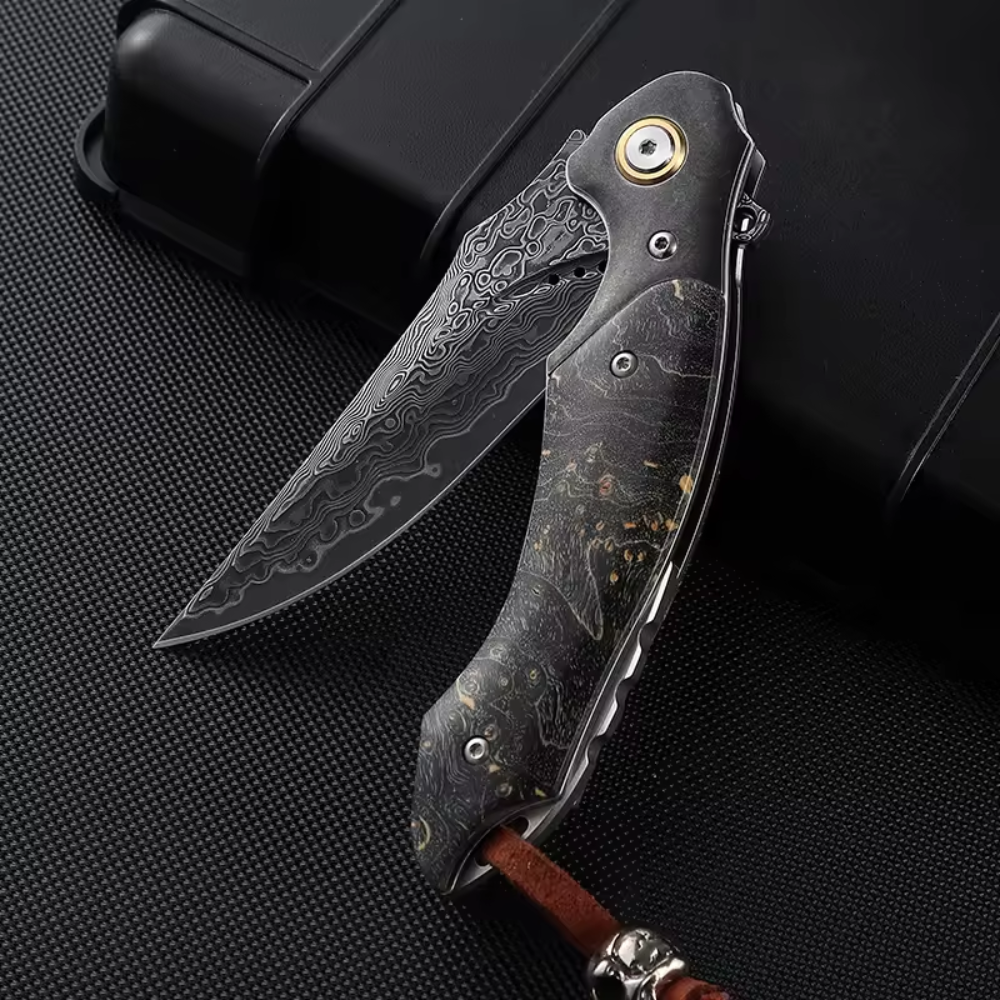
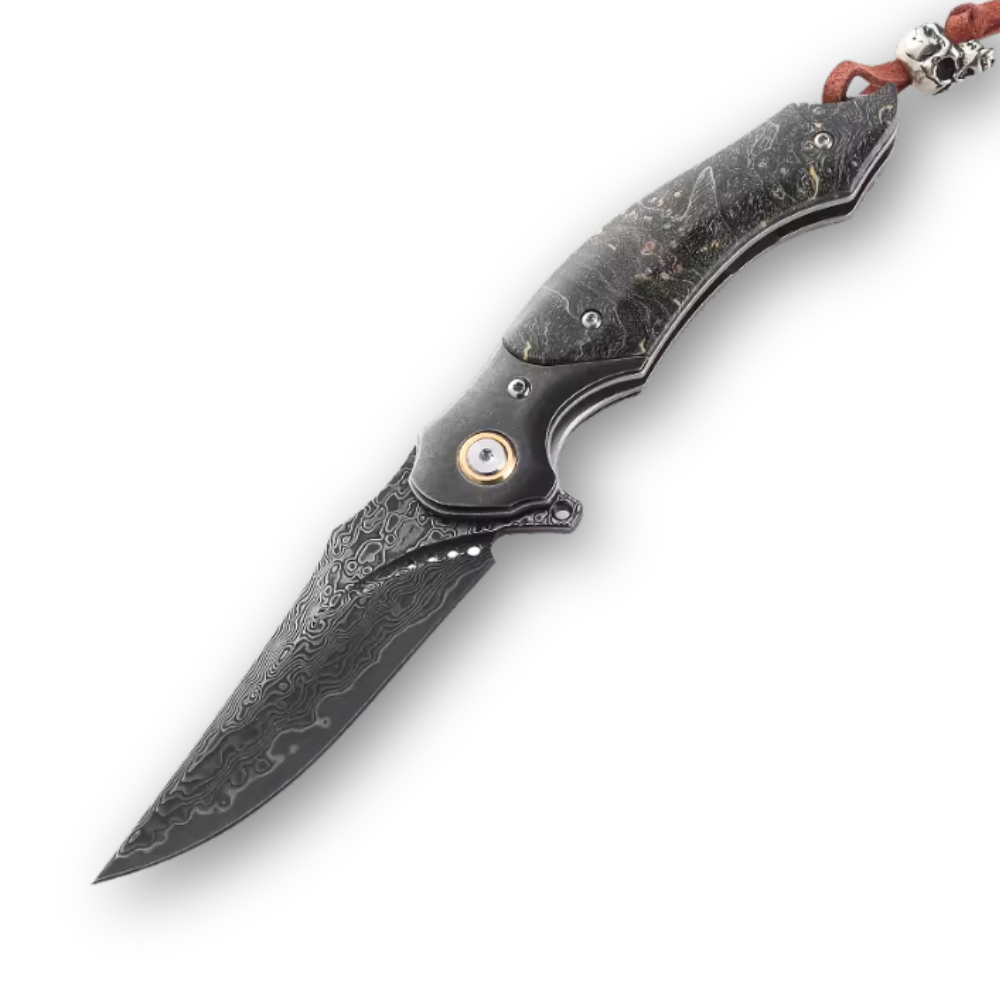
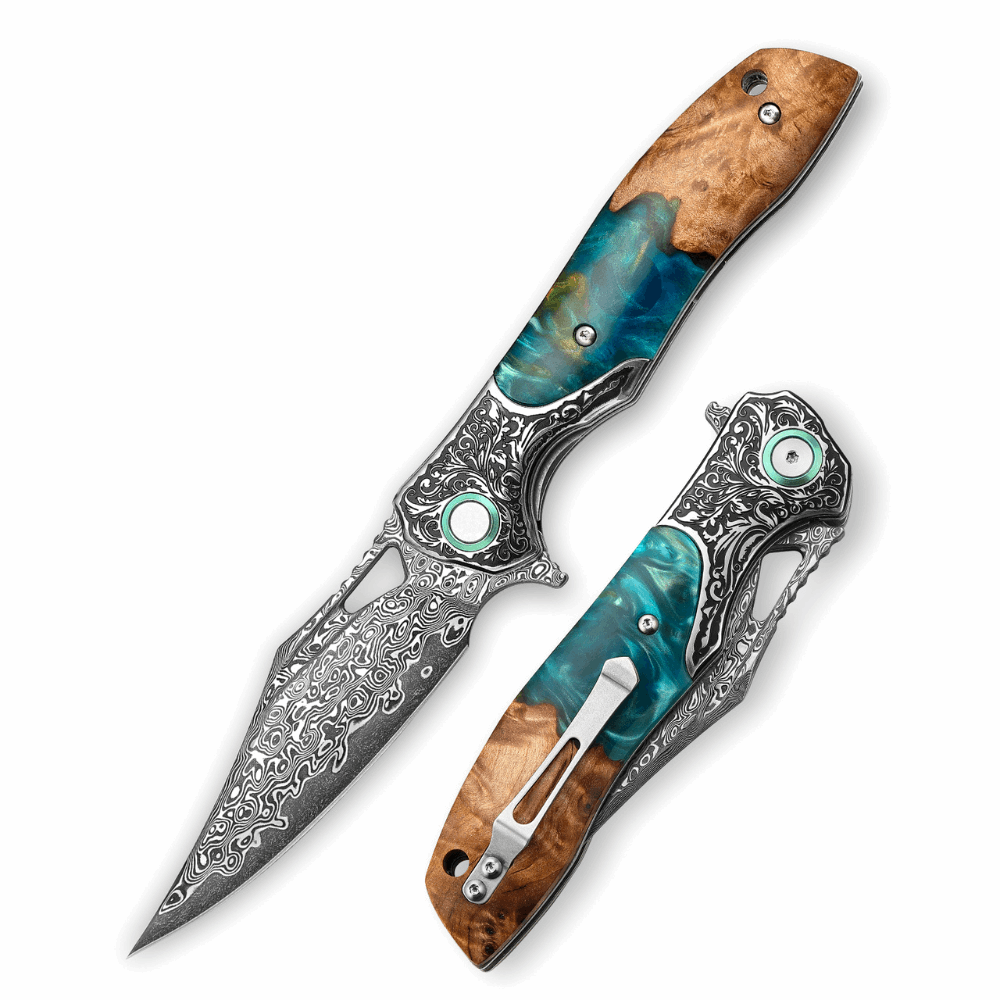
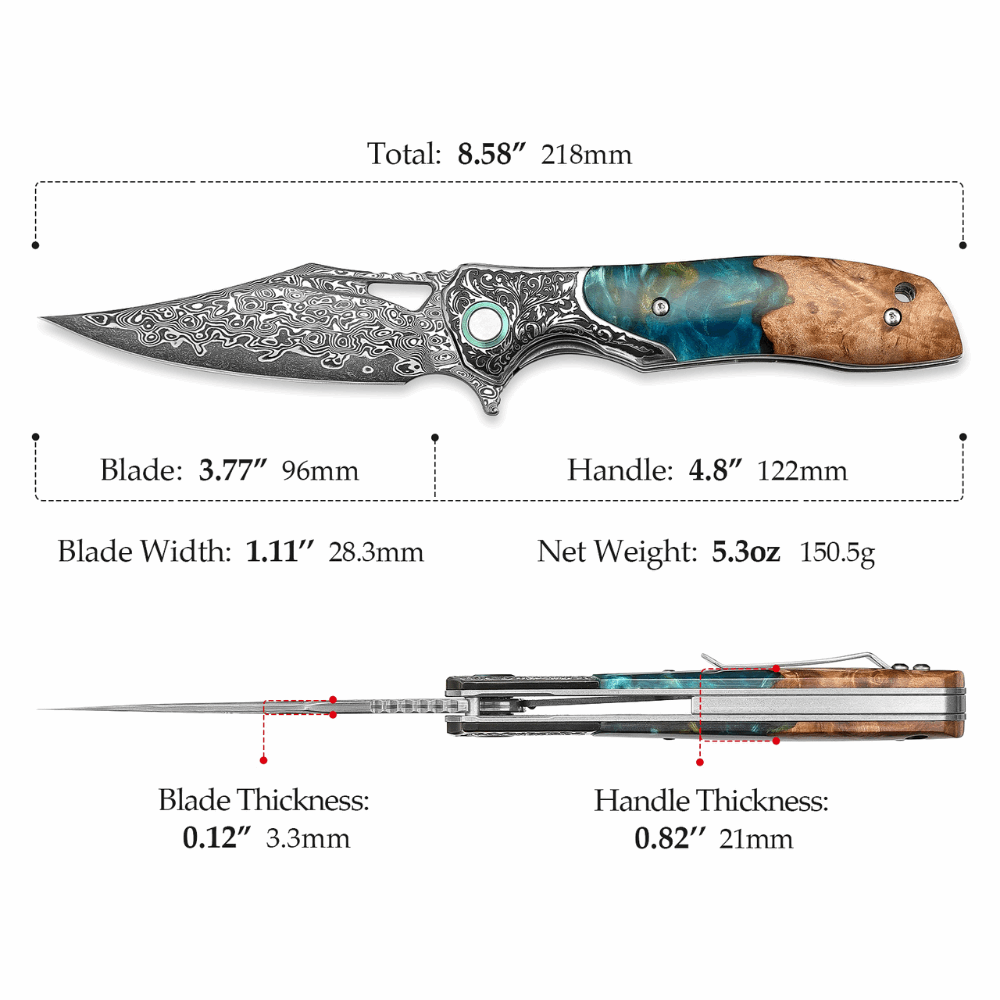
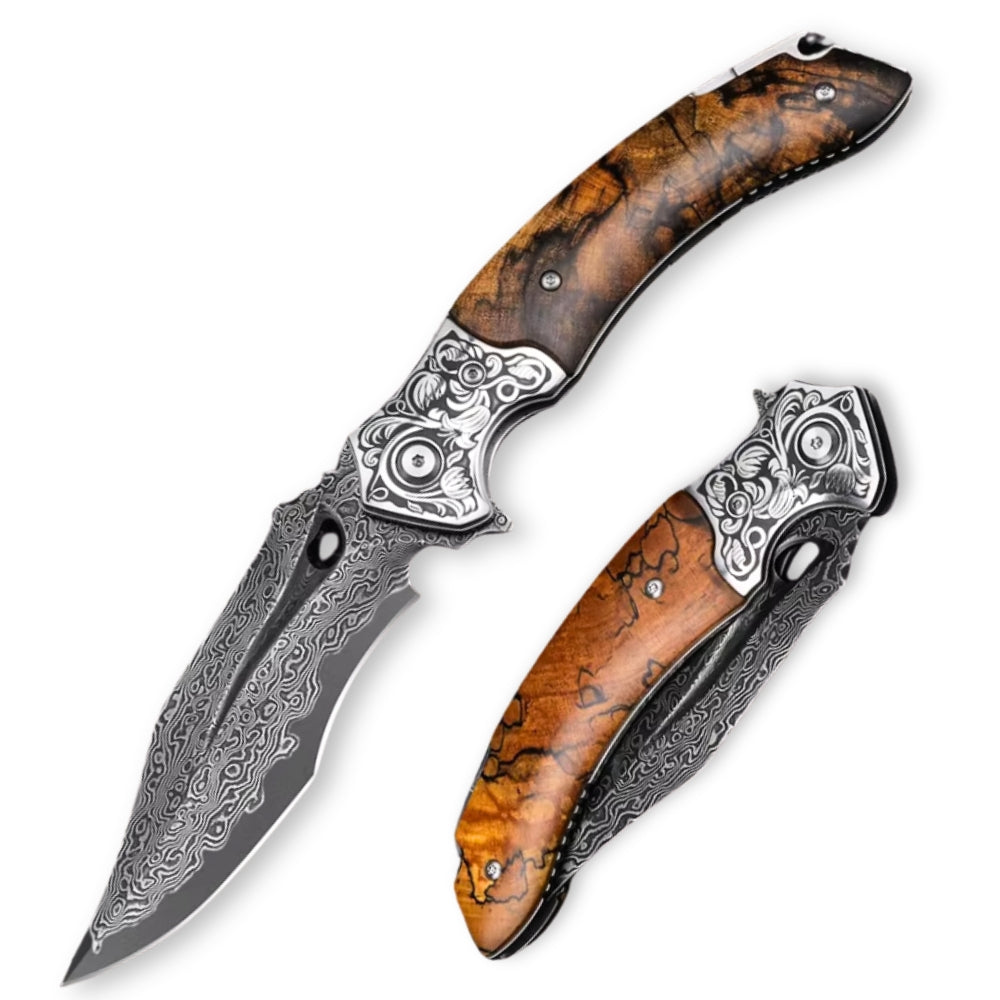
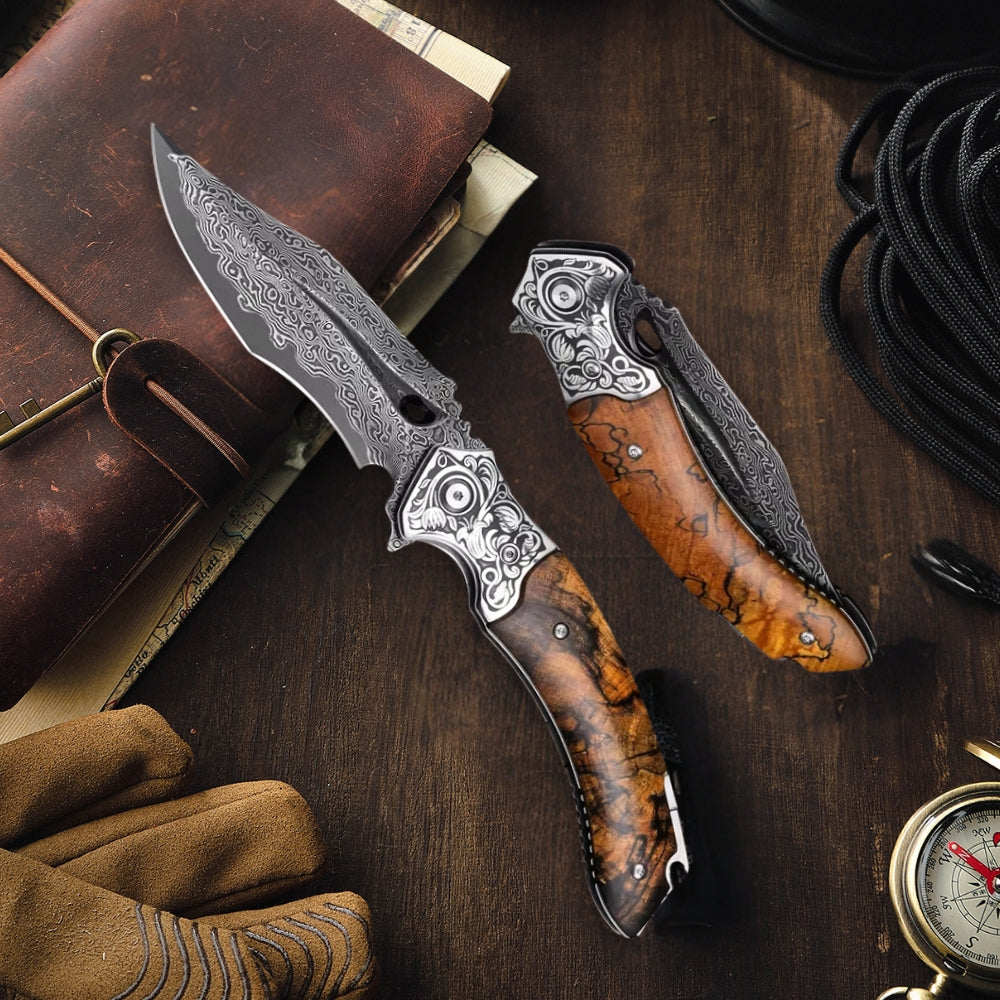
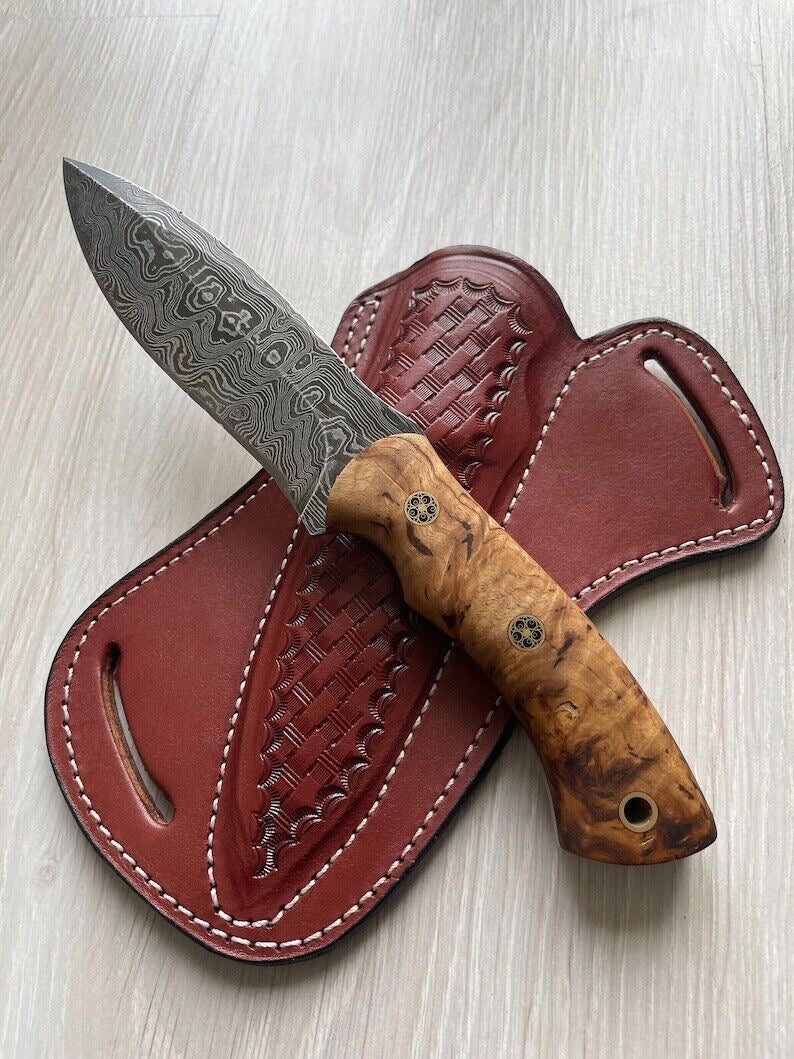
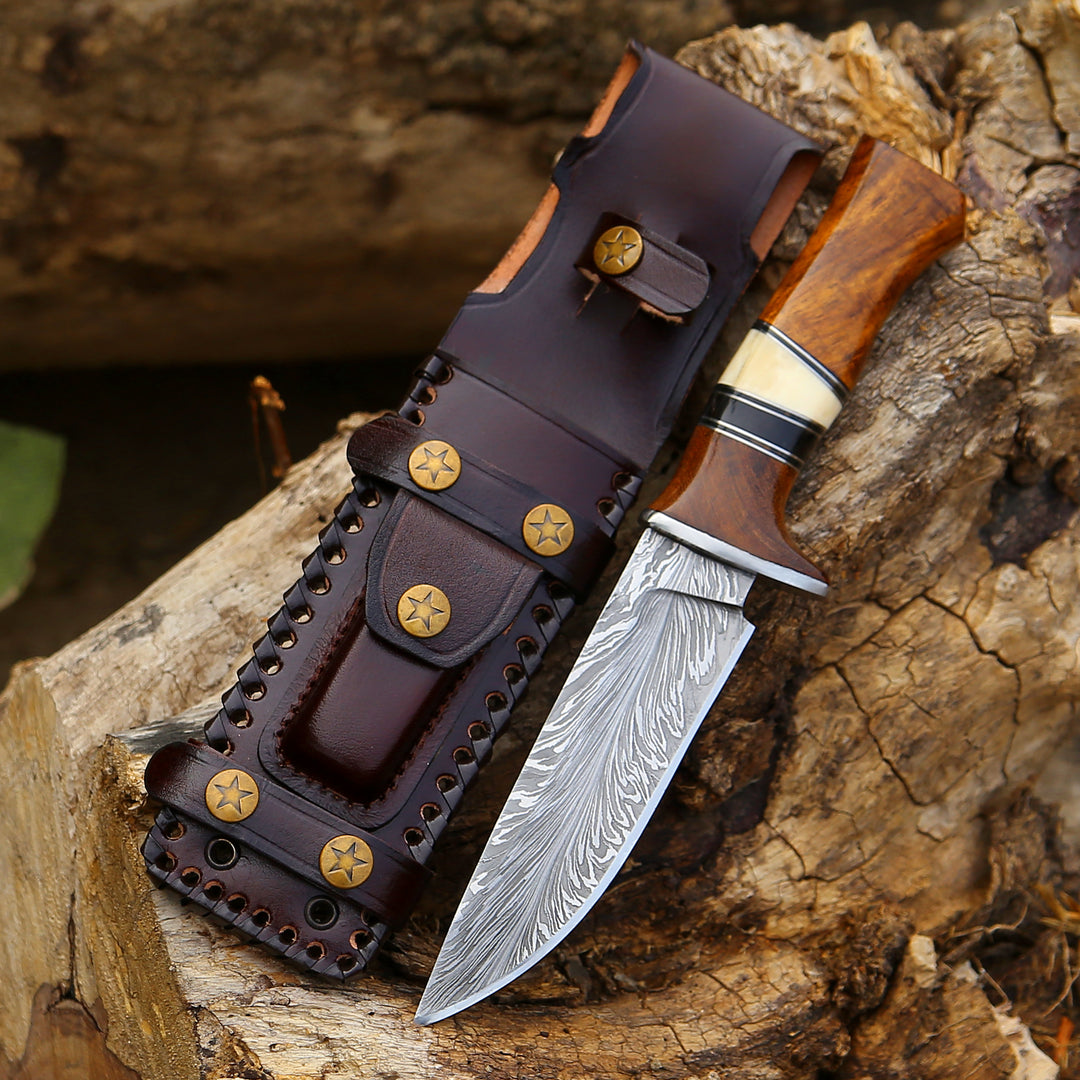

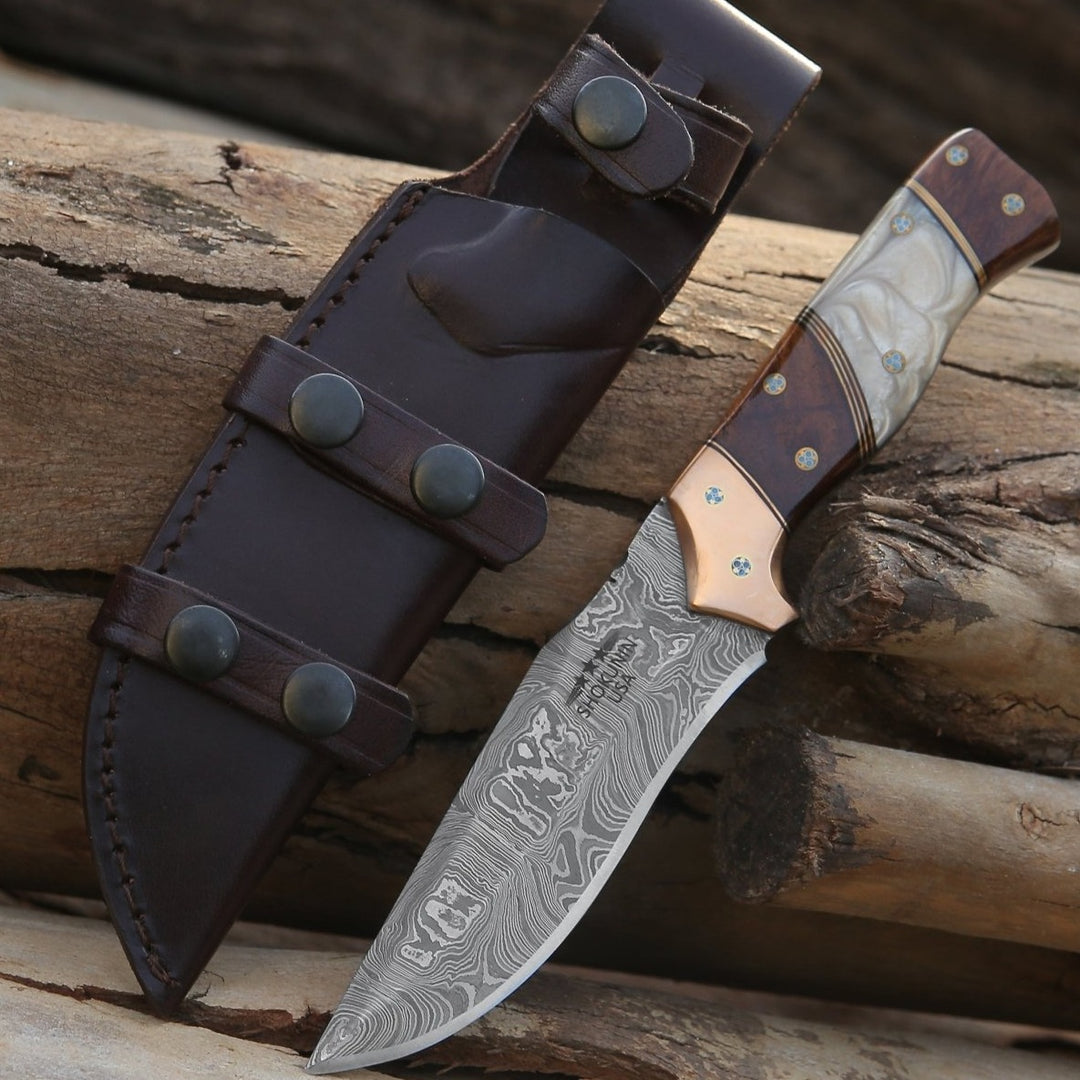
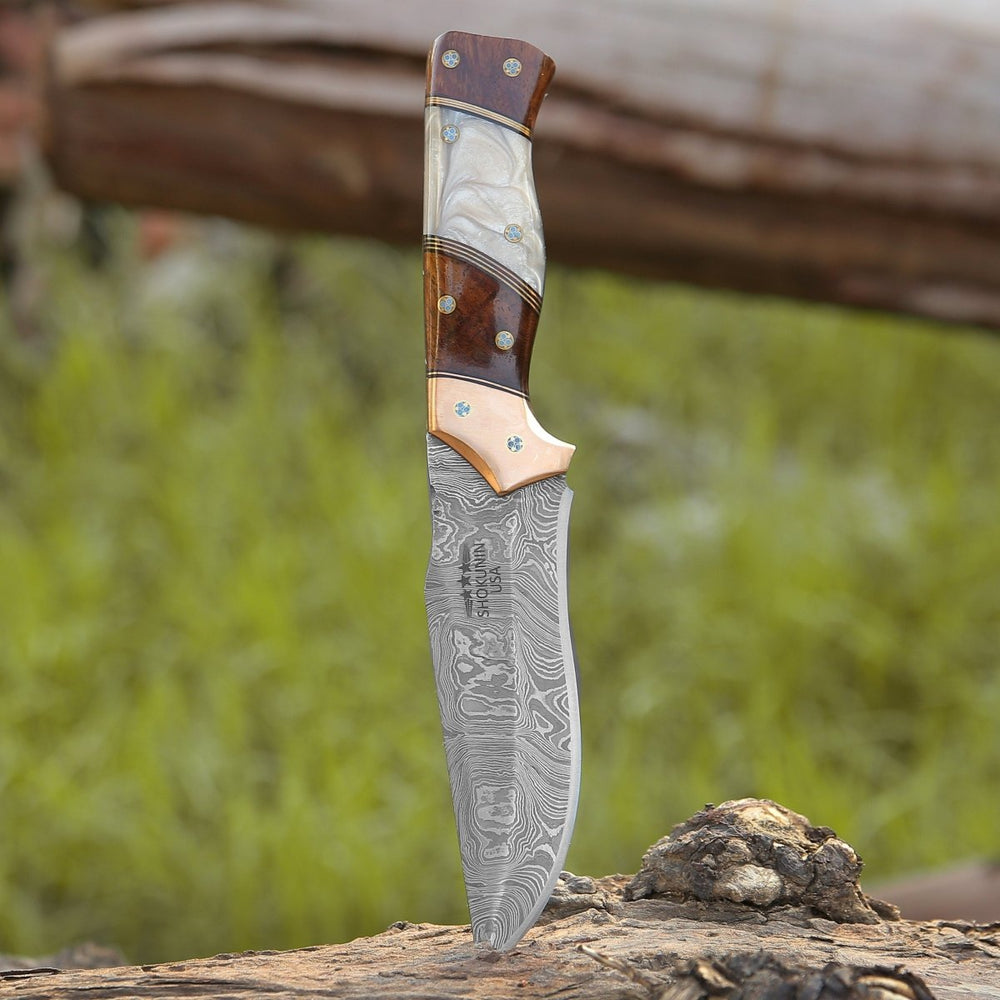

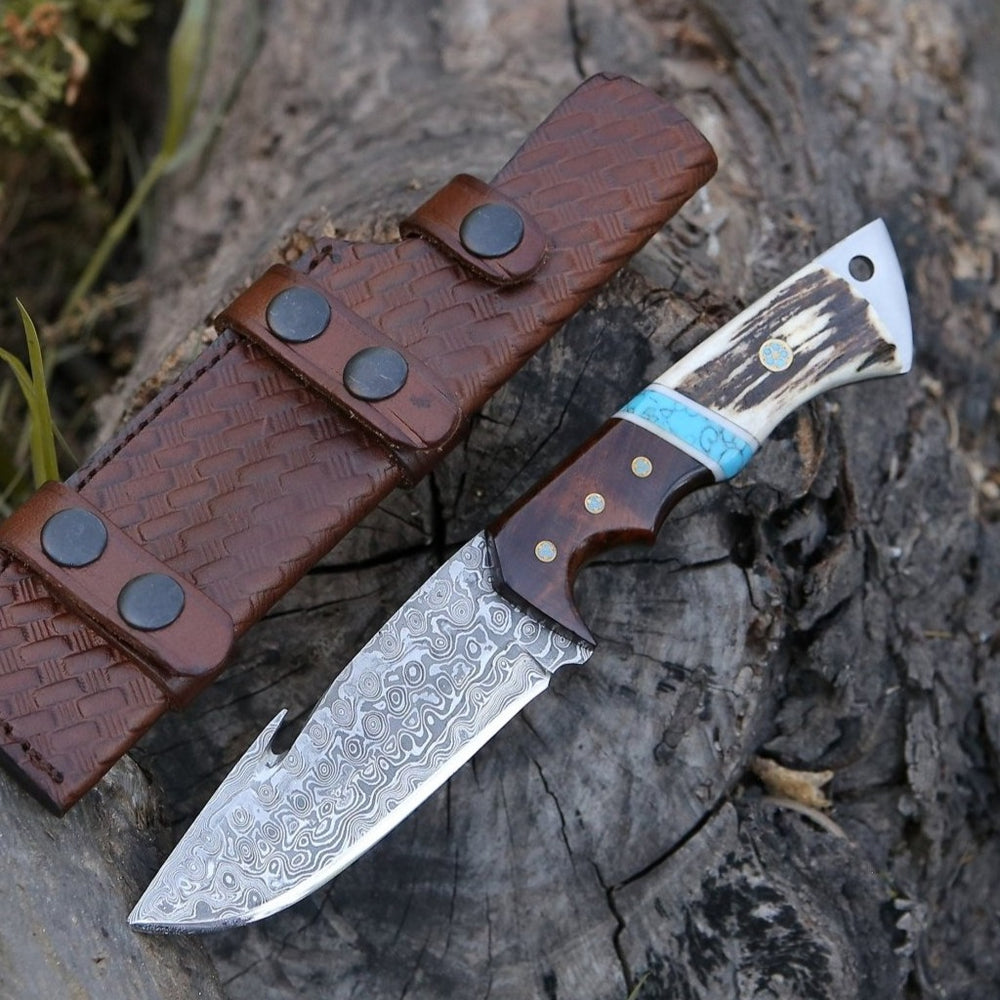
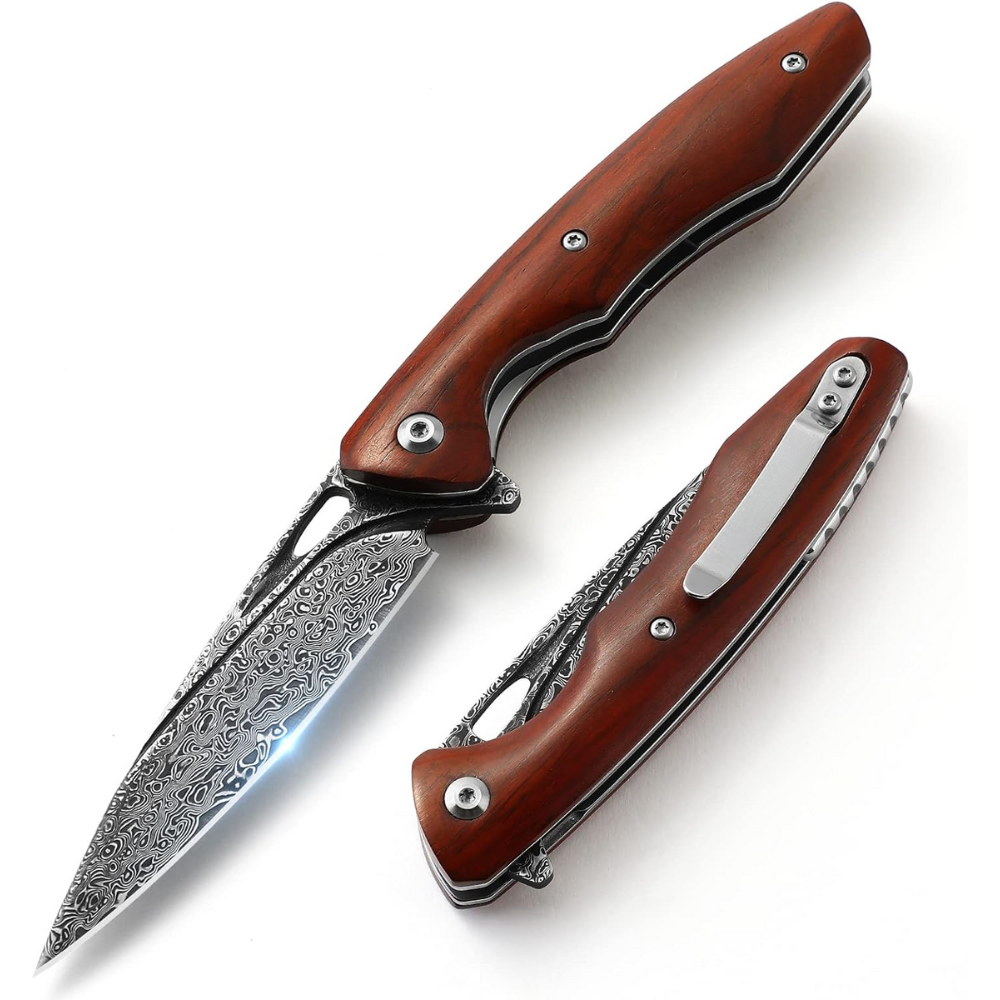
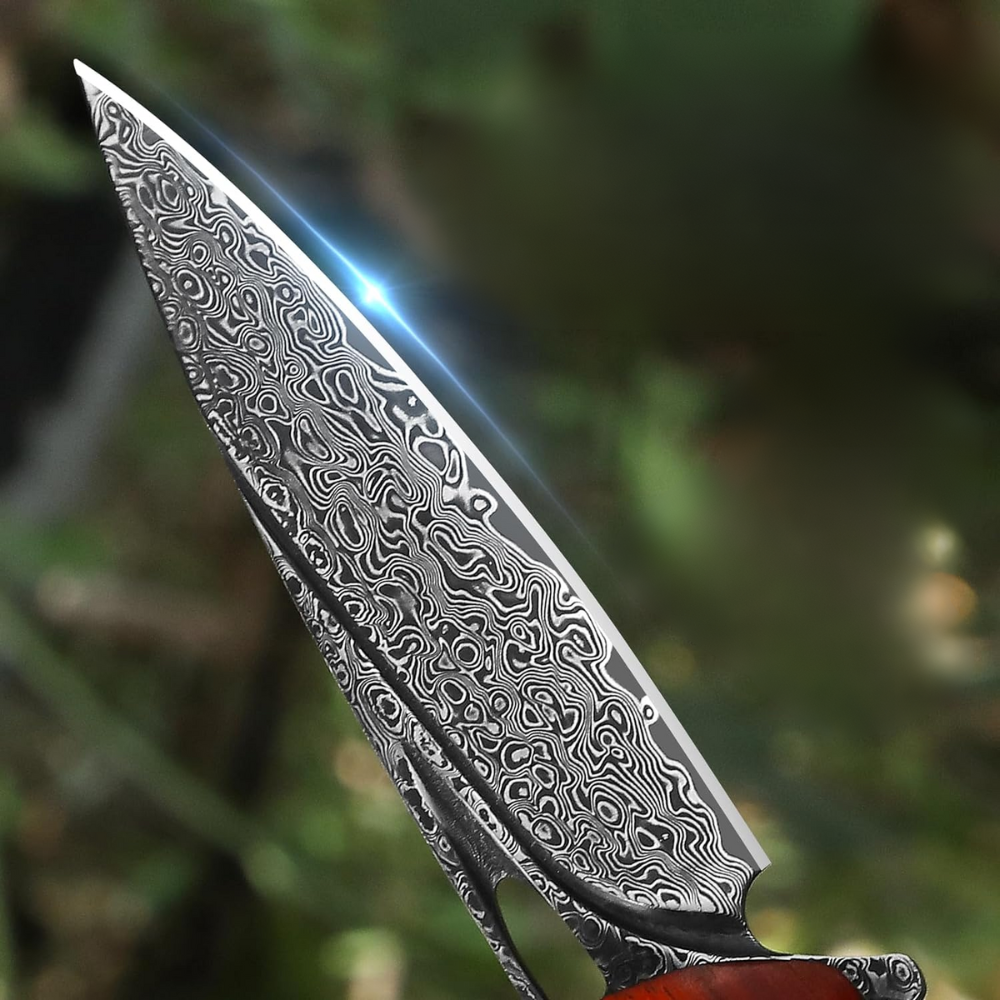
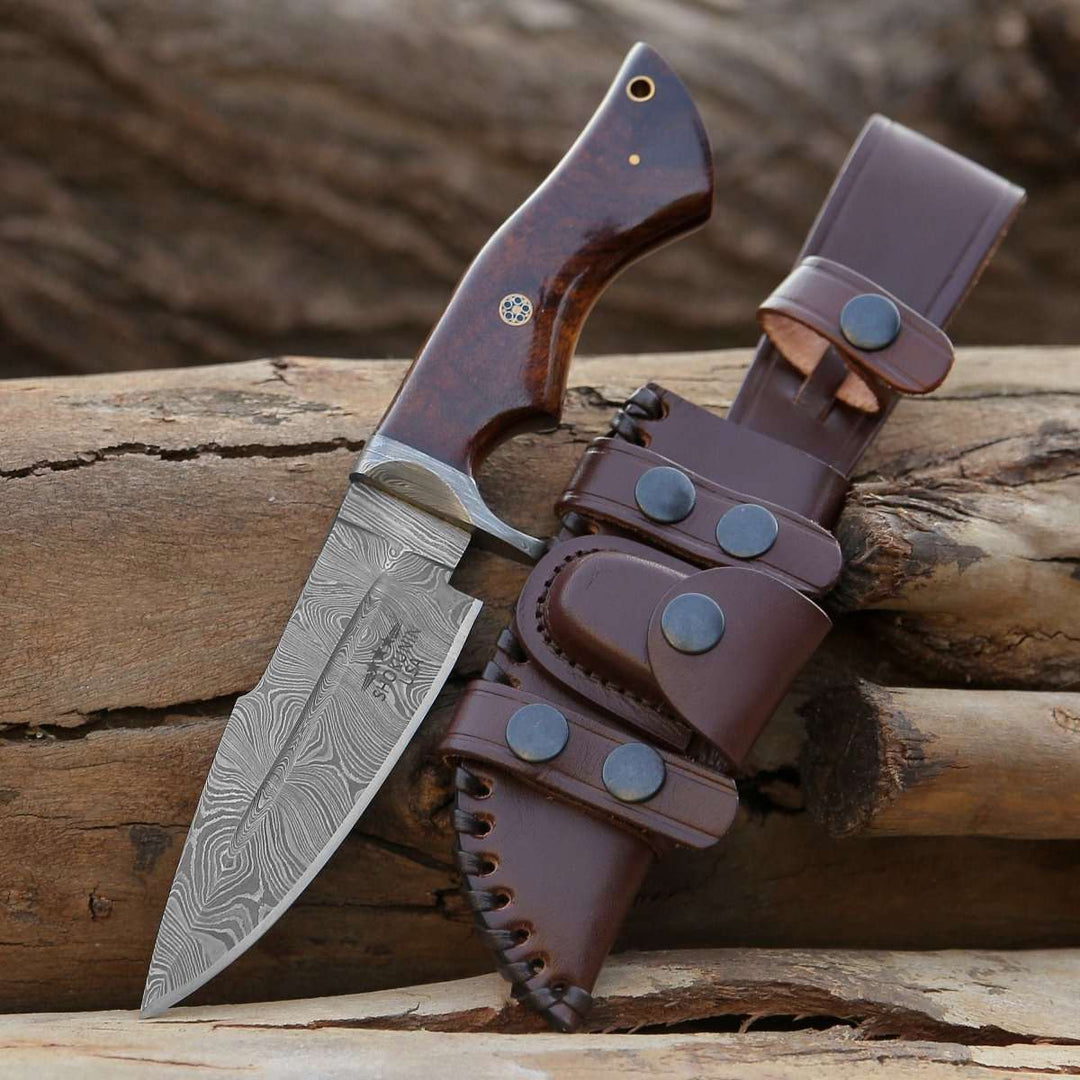
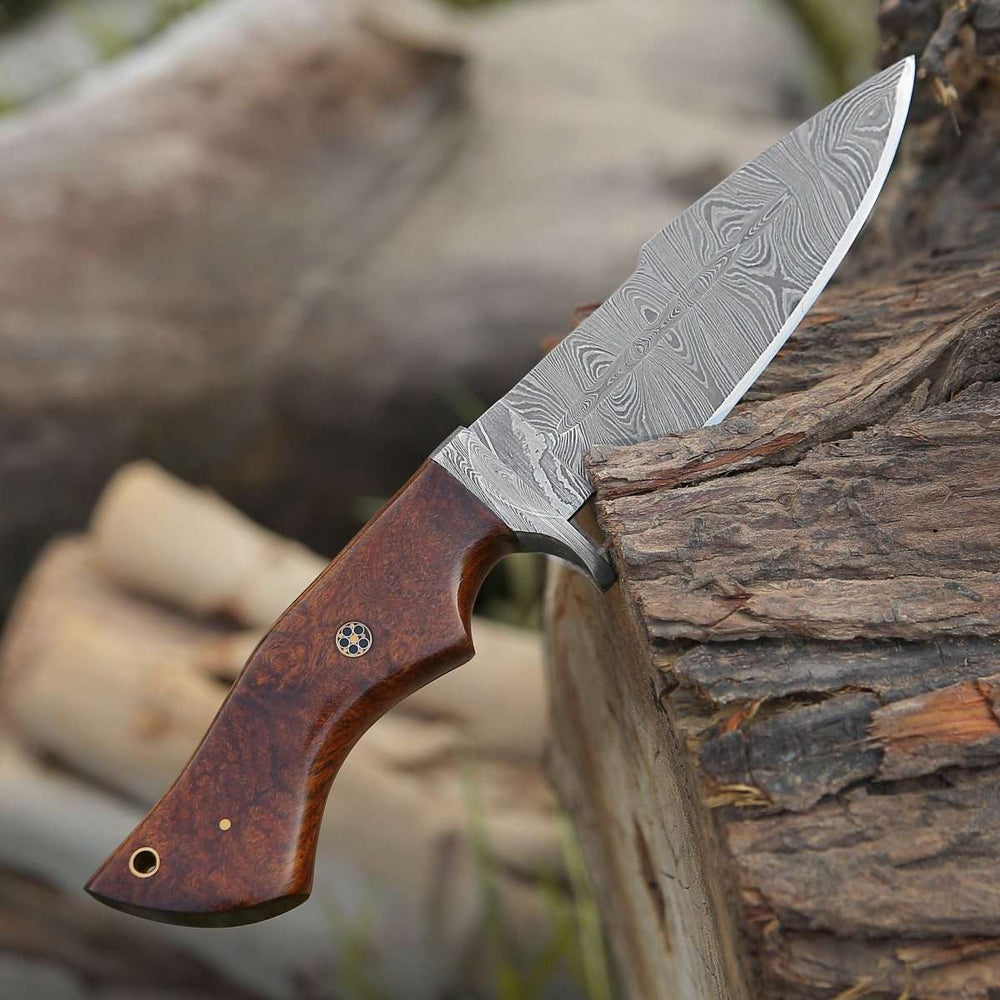
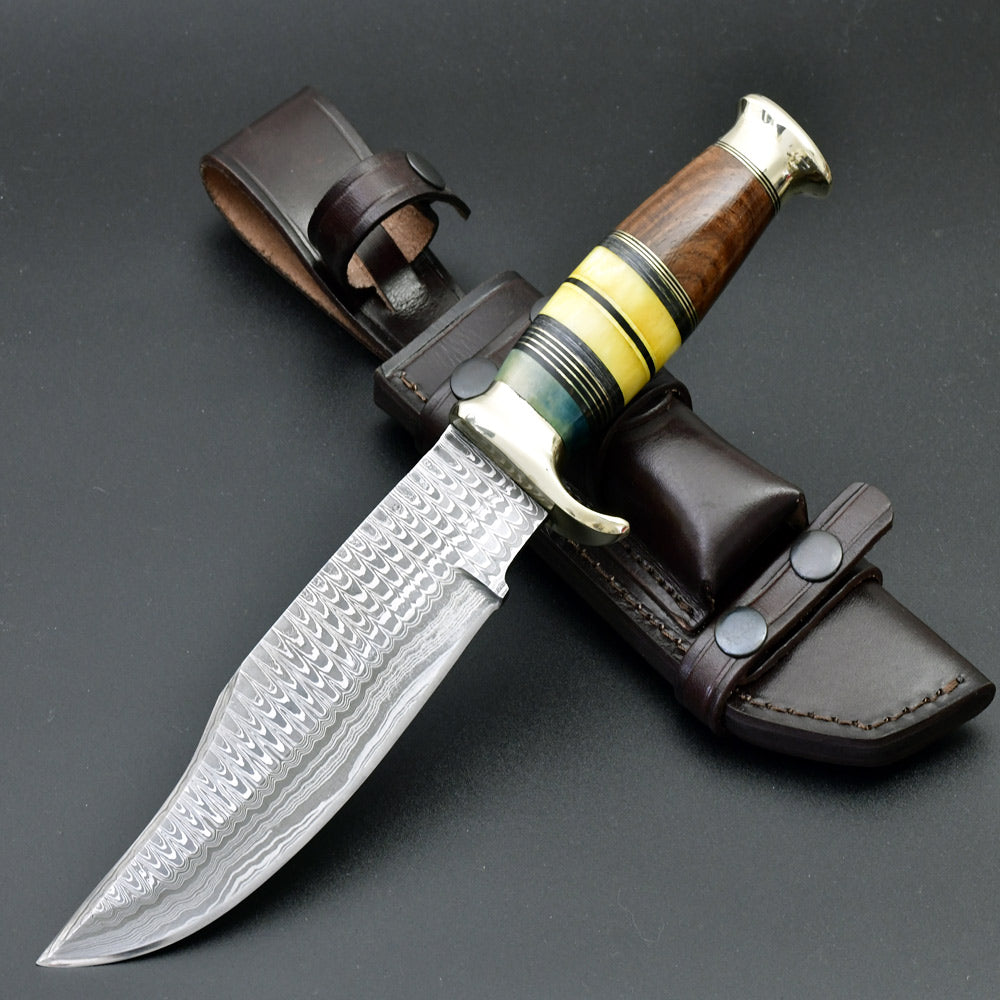
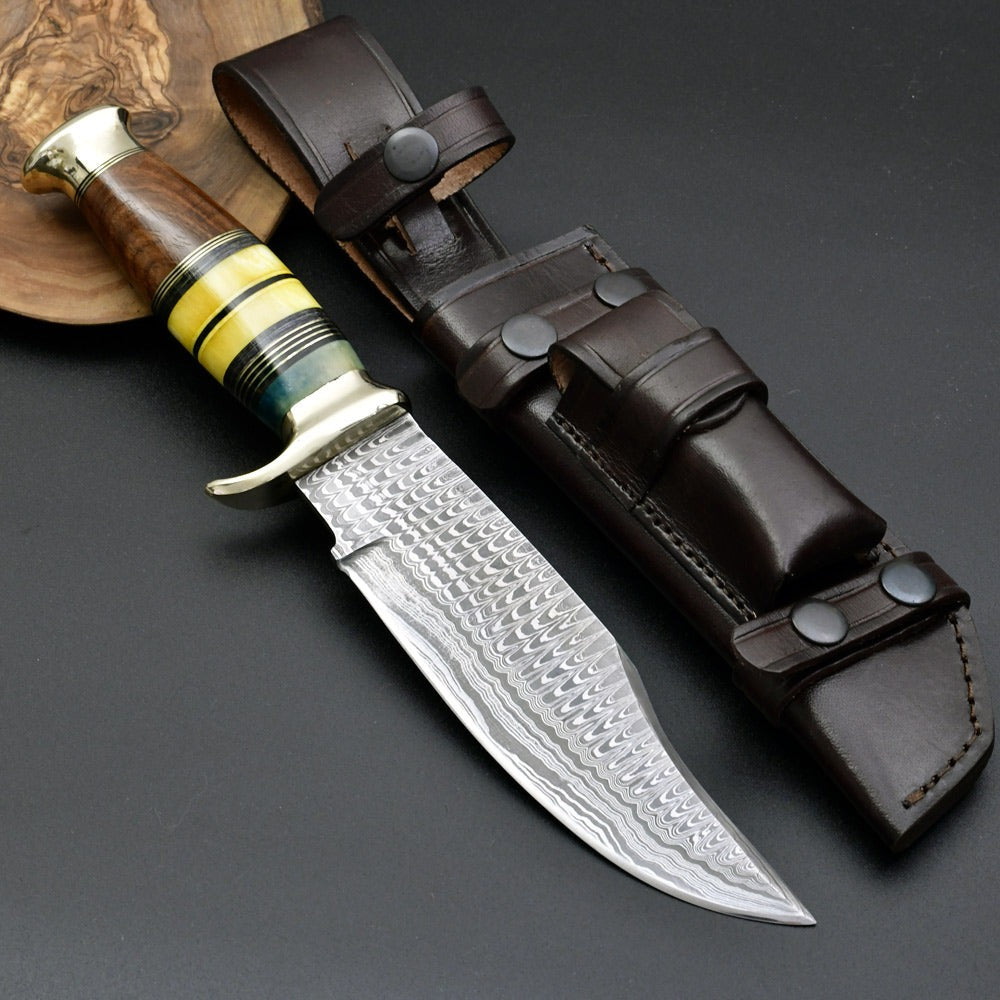
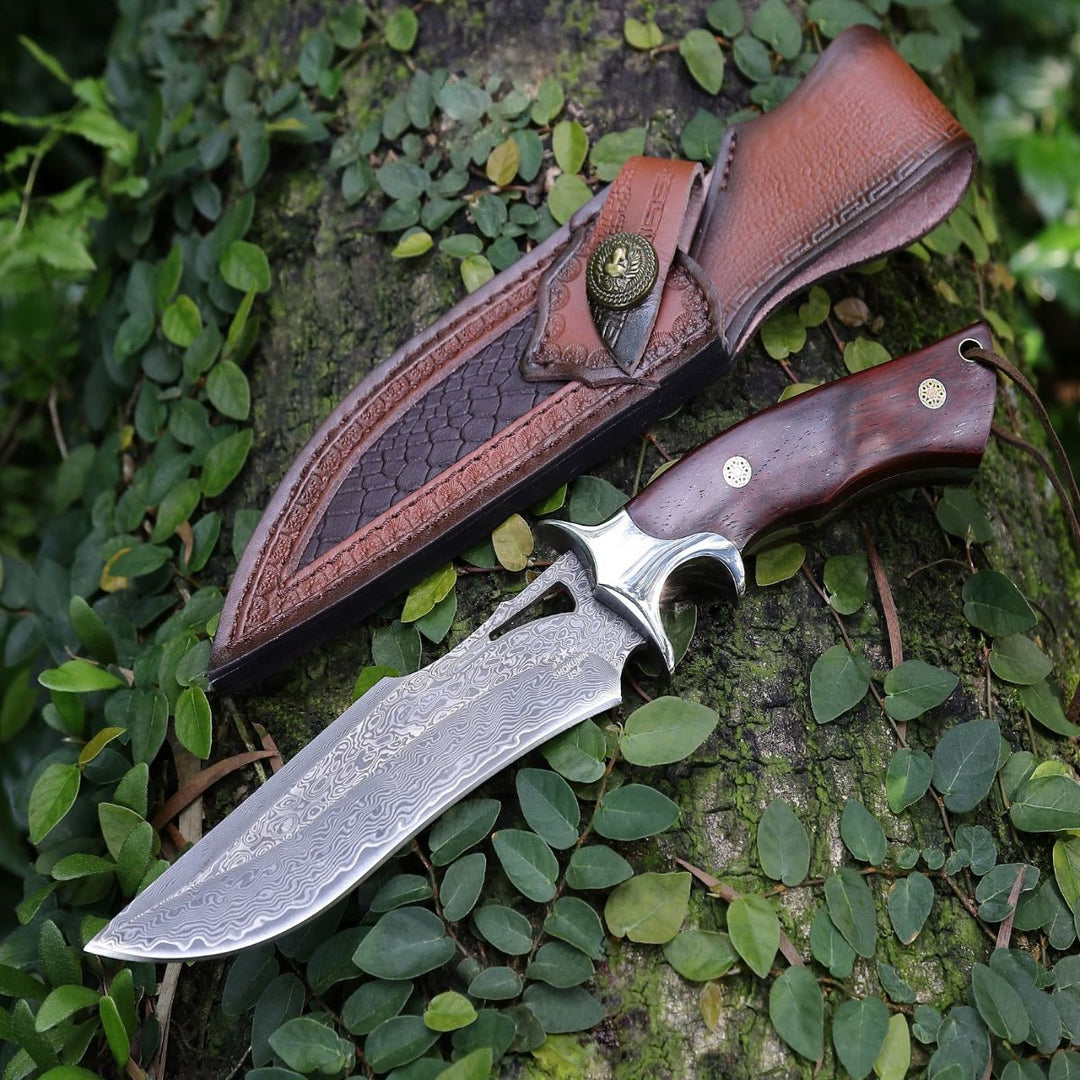
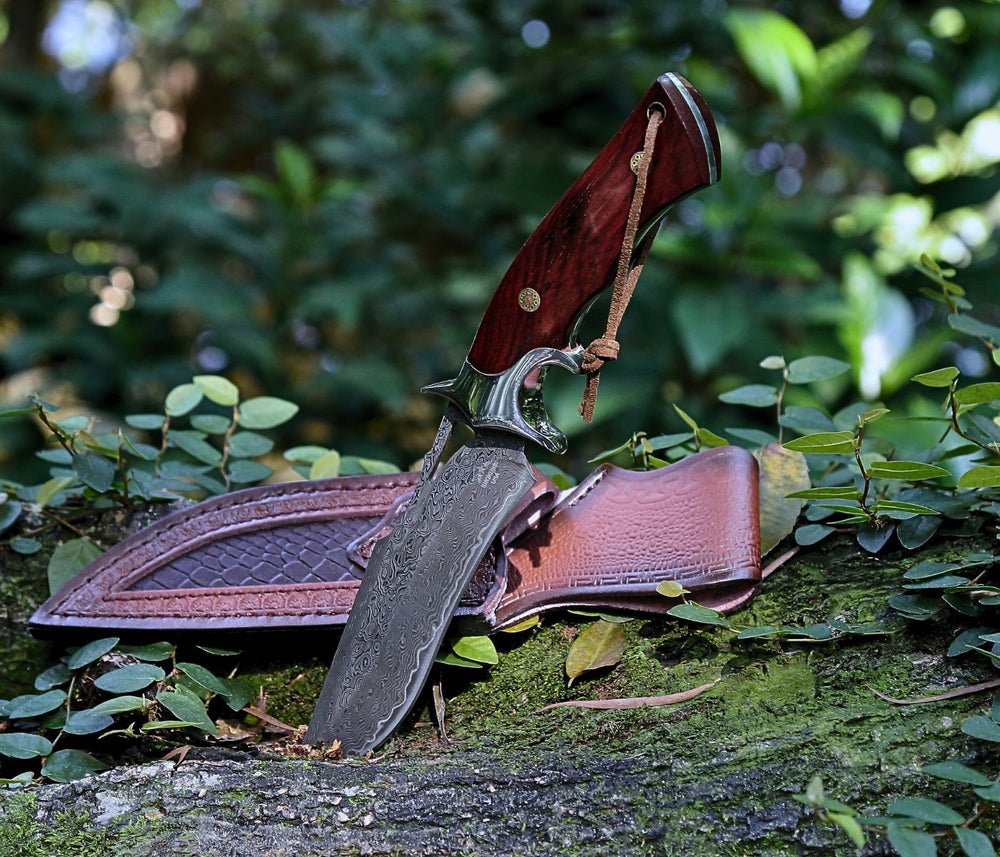
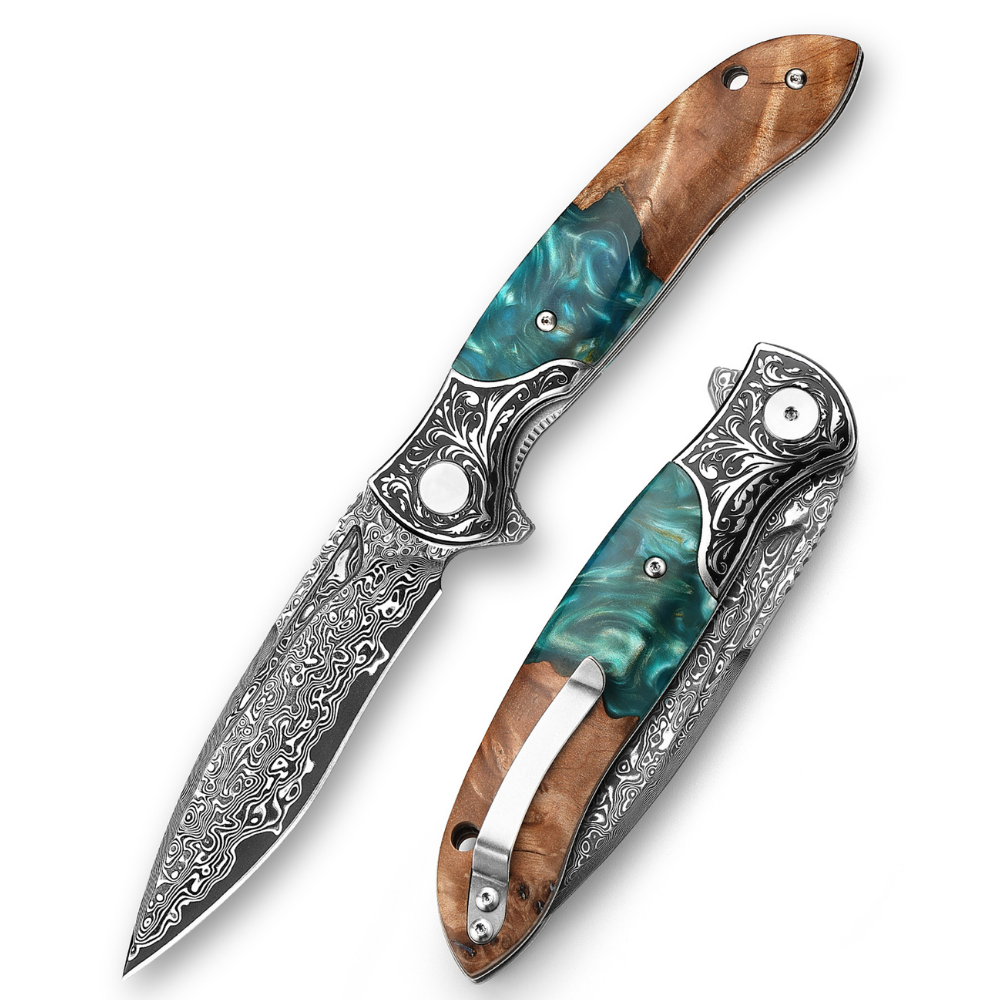
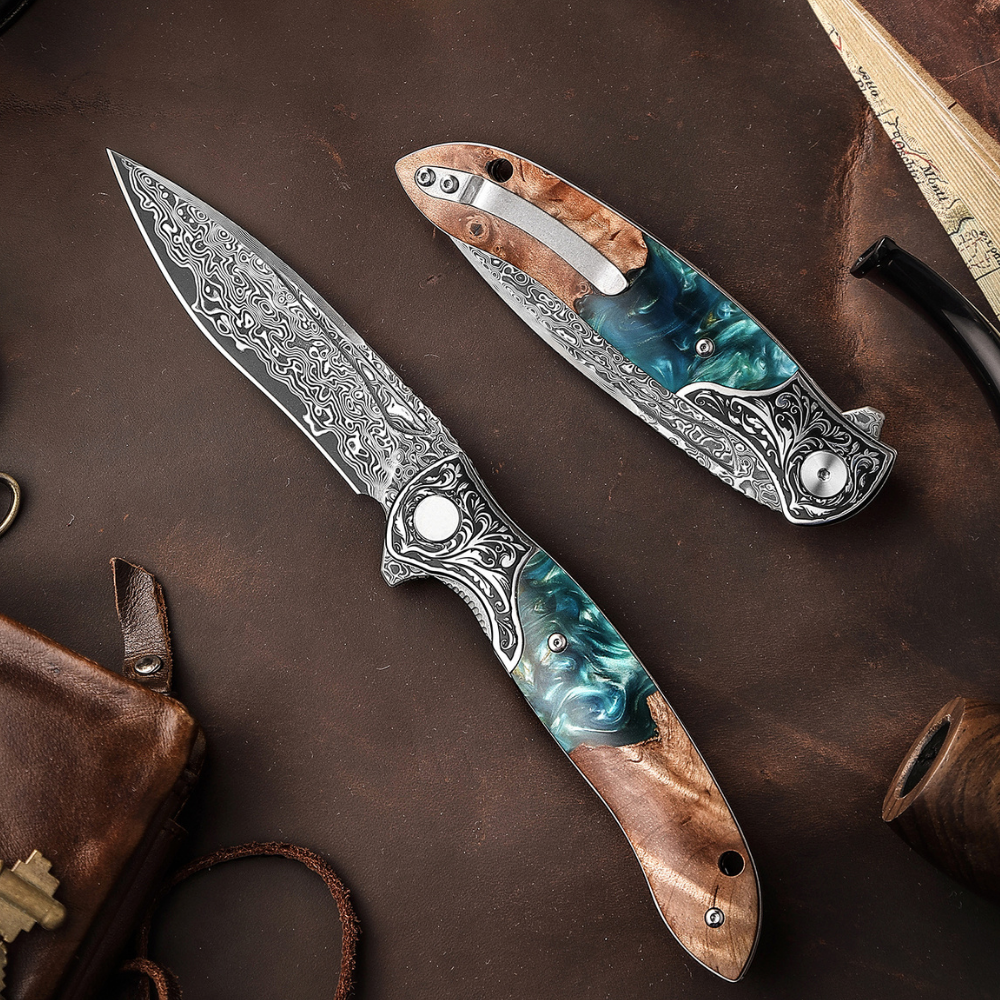
Leave a comment